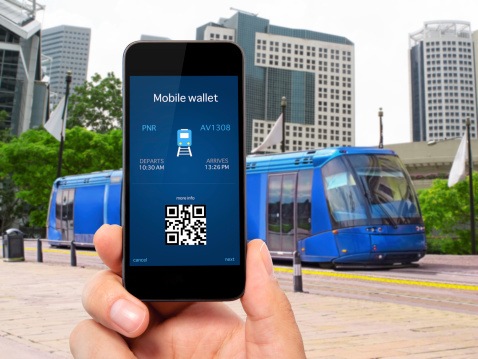
Security is necessary in technology today. Cybersecurity experts recommend that smartphone owners should take a number of steps to secure their mobile devices. These include using a password, or pin to gain access to your devices, as well as regularly updating apps and the operating system.
Although this would seem like reasonable methods to securing your data, according to a PEW Research Center report released this year, that is not the case for many smartphone owners. More than a quarter of (28%) of smartphone owners say they do not use a screen lock or other security features to access their phone. And while a majority of smartphone users say they have updated their phone’s apps or operating system, about 40% say they only update when it’s convenient for them. Some forgo updating their phones altogether: Around one in ten smartphone owners report they never update their phone’s operating system (14%) or update the apps on their phone (10%).
Infections on Mobile Devices
Although security officials agree that iOS, and Android phones are very secure, there are still some ways in which they can be targeted. There has not been an identified virus which has spread across either iPhones or Android devices, thanks in part to how Google, Apple, and other manufacturers have locked down their phones. While it’s possible for iPhones and Android Phone’s to get viruses, the likelihood of that happening is extremely low. There have only been a few iPhone viruses that have ever been made, and these infections have only been used as a study by security professionals for academic and research purposes. None of these viruses have ever been released on the open app market, nor can they infect non-jailbroken phones.
Opening your phone to more risk
Most devices are protected in their ecosystem due to devices being locked down by their manufacturer. App’s must go through an approval process where the code and application is submitted and undergo various tests before being approved and put on the app store for download. However, if the device you are using is jailbroken, and its security measures are compromised purposely by the user, it becomes much more likely for that device to become infected. It is not recommended that a consumer attempt to, or use a jailbroken device as the security features and functionality of the device are compromised.
Many other infections are more likely to come through infected advertisements or websites which the user may visit through Safari, Chrome, or any other browser they are using on their device. These infections are less like viruses, and are more likely to act as worms which collect and exploit information rather than installing malicious code like a more traditional virus. Although Nathan Collier, a Senior Malware Intelligence Analyst at Malwarebytes states that “Everything from backdoor malware that steals personal information to ransomware that locks your phone until payment is made exists in the mobile space.
Best Methods for Securing Your Device
Perhaps some of the most rudimentary way’s to keeping your mobile device secure may in fact be the best practices to follow. One of the biggest security risks that revolves around smart phones is that they are small, and easily misplaced, lost or stolen. Android, and iOS devices all have tracking capabilities which their users can employ. Most of these devices can also be managed remotely, allowing the user to remotely erase data, track, and lock their phones. It is best to ensure that remote management is setup and you can access your device remotely when you first get your new device, in case it is ever lost or stolen.
Setting a lock-screen is also crucial when you first get your device. A 4-pin combination works, but there are other various ways of securing your lock screen. Using your fingerprint is quick, but less secure as your fingerprint can be easily copied and duplicated even without your knowledge. Using various techniques to imprint your fingerprint, you can easily defeat this common security feature. Using a long passphrase is often the most secure, but also takes more time to unlock your device. It’s up to you what method works best, but there’s no question that leaving your device without a secure screen lock is just asking for trouble. Phone manufacturers are always developing new way's to lock your device securely.
Keeping your device’s Operating System and applications up to date with the most current versions is another recommendation to keeping your data secure. New security holes and exploitable bugs are found all the time by device and application developers. They often patch these security risks by pushing out new updates to their customer’s devices requiring an update. Keeping your devices Operating System and applications updated lesson’s the risk that your phone or other devices can be compromised and used to steal or gather information.



